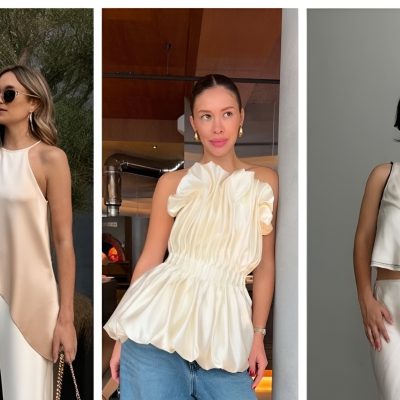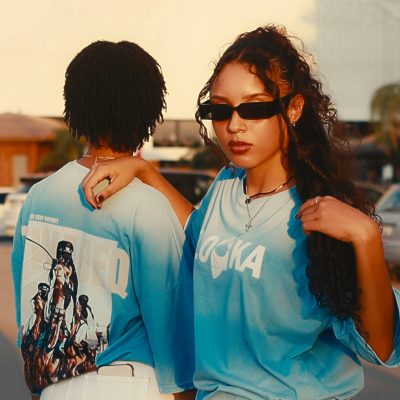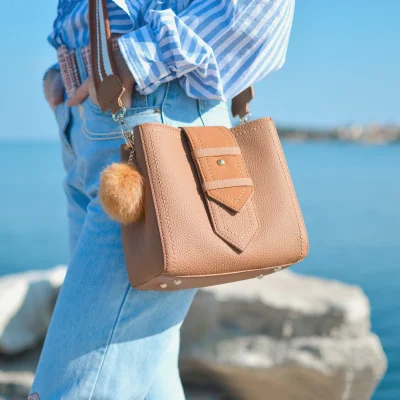I remember the moment I first fell in love with vintage fashion — it happened in my grandmother’s attic, surrounded by old dresses and delicately folded lace gloves. Back then, I didn’t yet understand why these things stirred such warm emotions in me. Over time, as I delved deeper into the world of fashion, I realized: behind every lace collar lies a story, and behind every button — an entire era. That’s when I first felt the subtle, meaningful difference between vintage and retro, a distinction that now guides my every styling decision.
As a stylist, I always tell my clients: it’s important to understand the difference between vintage and retro fashion in order to build your personal style consciously. True vintage carries the spirit of its time, while retro is a modern interpretation of past trends. This understanding helps create thoughtful, expressive looks — not just a costume of “something old.”
What Is Vintage Fashion?
Vintage fashion refers to authentic pieces from the past, created between 20 and 100 years ago. Think: a voluminous 1950s evening gown or a rugged leather biker jacket from the 1970s. These garments carry not just the aesthetic of their time, but also the energy, culture, and character of the era they came from.
The magic of vintage lies in its authenticity — when you wear it, you’re not just putting on clothes, you’re wearing a piece of history. That’s why collectors and fashion lovers alike cherish vintage for its uniqueness and that elusive, romantic scent of the past that simply can’t be replicated.
What Is Retro Fashion?
Retro fashion is a modern homage to styles of the past. It includes newly-made pieces designed to imitate or be inspired by older fashion trends — like a brand-new dress in a 1960s silhouette or flared jeans that echo the 1970s runway vibe.
Retro allows us to enjoy the beauty of previous eras without having to hunt down delicate originals. Updated fabrics, modern cuts, and comfortable materials make retro fashion perfect for everyday wear while still capturing a nostalgic charm.
Key Differences Between Vintage and Retro Fashion
| Criteria | Vintage | Retro |
|---|---|---|
| Age | 20 to 100 years old | Modern items designed in old styles |
| Origin | Made in a past era | Inspired by the past, but newly manufactured |
| Materials | Often rare, natural fabrics | Uses contemporary, practical fabrics |
| Price | Pricier due to rarity and collectibility | Generally more affordable and mass-produced |
| Condition | May show wear or require delicate care | Brand new and suitable for everyday use |
| Uniqueness | Often one-of-a-kind | Commonly produced in large quantities |
Vintage vs. Retro: A Stylist’s Tip
When I style my clients’ wardrobes, I often recommend blending vintage and retro in one look — for example, pinning a vintage brooch onto a modern coat in a 1960s cut. That creates a layered sense of history, giving depth and individuality to the outfit. And a little secret: sometimes, it’s easier and cheaper to find a beautifully made retro dress than a true vintage gem.
Final Thoughts
Fashion isn’t just about clothes — it’s a way to express your inner self, your love for beauty and storytelling. By understanding the nuances between vintage and retro, we learn to treat past styles with respect while staying grounded in the present. Whether you choose an original vintage treasure or a modern retro piece, let your heart guide you — because your style is your story in motion.







